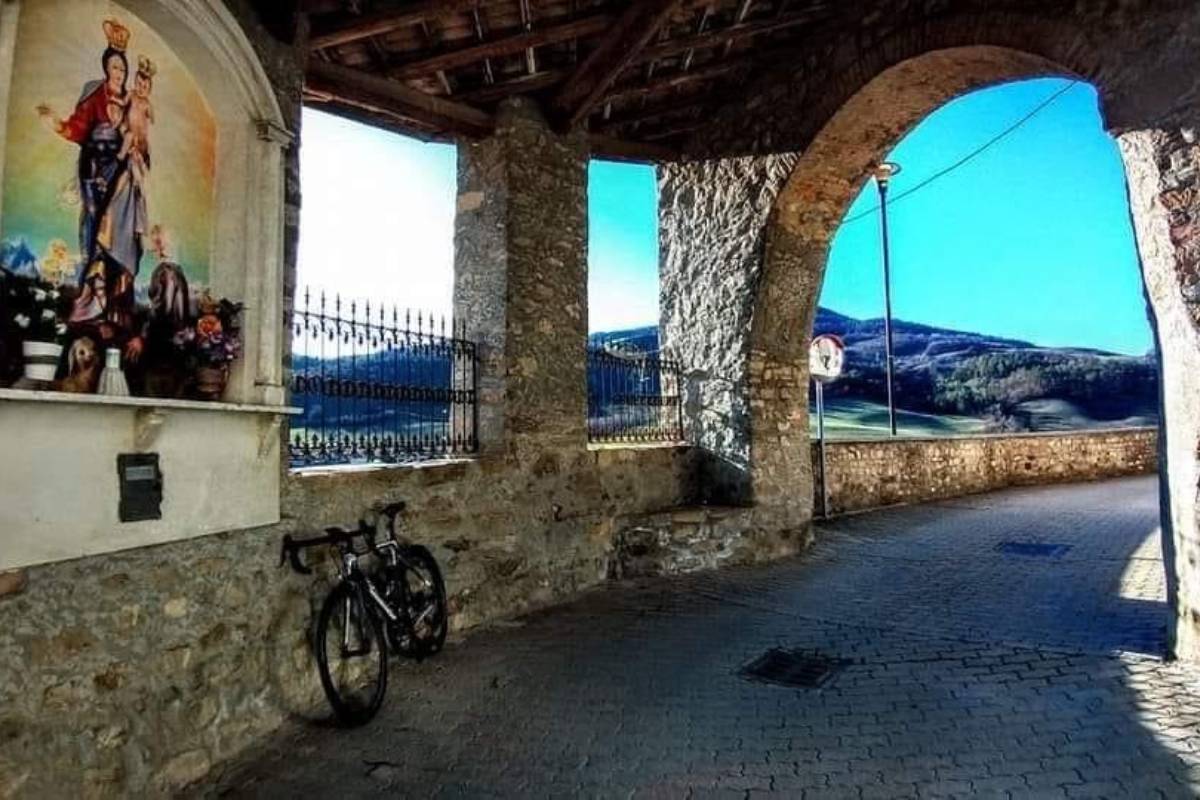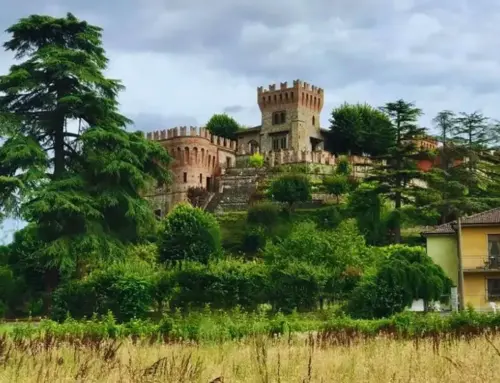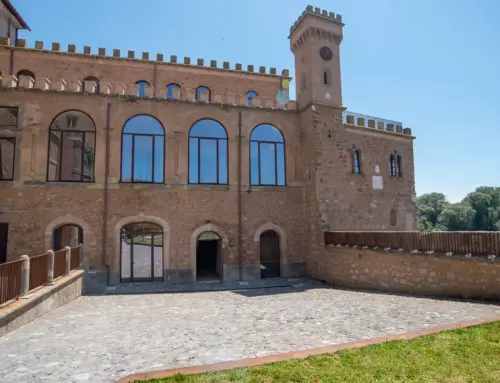In the heart of the Oltrepò Pavese, among rolling hills and medieval charm, lies Bagnaria, a small village with a thousand-year-old history. A symbolic landmark of this fascinating town is the entrance gate to the ancient village, a true gem of Lombard medieval architecture.
A Defensive and Symbolic Structure
The gate represents what remains of the ancient defensive structures that once protected the settlements of the upper Staffora Valley. Carefully built with architectural intelligence, the access opens on three sides, each serving a specific function in the daily life of the village.
Those arriving from the lower part of the town are welcomed by a rectangular entrance built against a house. The left side is distinguished by a gentle curve housing a niche with a religious painting—an element both spiritual and symbolic, intended to offer protection to travelers and residents alike.
Medieval Architecture Between Function and Aesthetics
The third side, the exit passage, is perhaps the most evocative element: a round brick arch, typical of Lombard medieval architecture. This arch marked the boundary between the internal safety of the village and the uncertainties of the outside world.
The paved, straight stretch of road leading to the gate features seven rectangular openings with depressed brick arches, each closed by a double-leaf wooden door. Once used to drop hay into the stables below, these openings reflect the integration between defensive architecture and rural life.
Bagnaria: A Village to Be Awakened
Walking through the historic center of Bagnaria today feels like a journey through time. Beyond its protective role, the entrance gate also served a strategic and commercial purpose: it allowed for control over the flow of people and goods, reinforcing the village’s sense of autonomy.
Conclusion
The Entrance Gate to the Ancient Village of Bagnaria is much more than a simple passageway: it is a silent storyteller of local history, an invitation to discover the cultural heritage of the Oltrepò Pavese. If you are a lover of history, architecture, or simply in search of hidden and authentic places, this little village is sure to surprise you.





